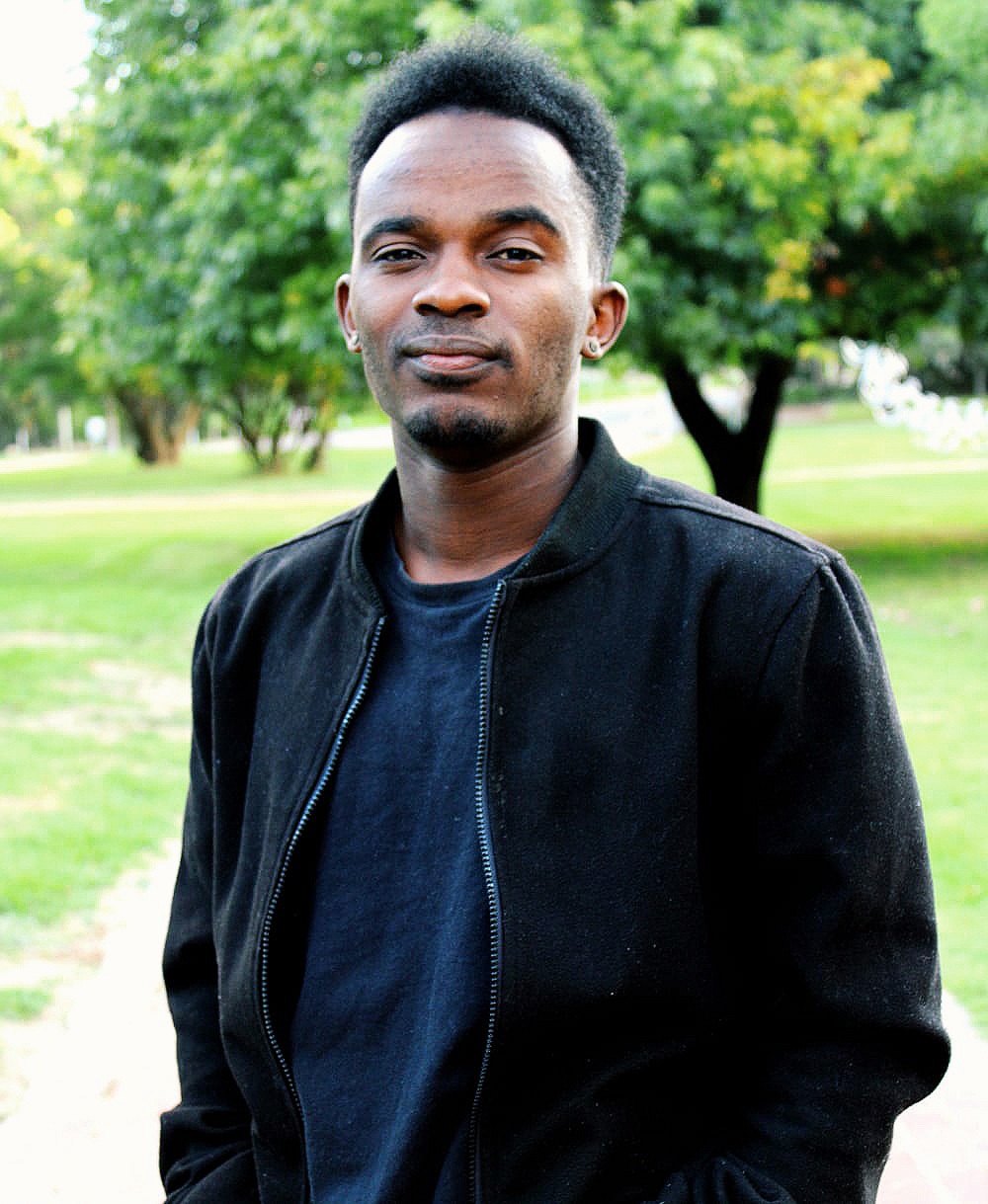Just over half of young investors aged 18-34 currently follow a financial influencer – or ‘finfluencer’ – online, with 40 percent identifying Elon Musk as someone they trust to offer good financial advice. And when it comes to making investment decisions, 69 percent are swayed by the influencers they follow.
That’s according to the latest annual research from UK communications agency AML Group and planning consultancy The Nursery, published in July 2022. But these finfluencers don’t need Musk’s 100 mn-plus Twitter followers to gain influence.

In fact, ‘micro-influencers – those with between 1,000 and 50,000 followers – tend to be somewhat better trusted than mega-influencers,’ Virginia Brailey, CEO of Xemoto, told IR Magazine earlier this year. What they have, she says, is the ability to create a community and start a dialogue.
Fred Babu: @fredtheinvestor with 28,800 followers on Twitter at time of writing
‘My followers are essentially a group of people striving for financial freedom,’ explains Fred Babu, who tweets under the handle @fredtheinvestor. His posts get good levels of engagement – with around 15 comments per post, says Babu, who adds that his most popular shared comments are his weekly watchlist.
‘I draw up a list of three to five stocks I will cover in the week, conducting a fundamental and technical analysis of these companies,’ he explains. ‘These posts always get lots of engagement and my audience always shares its perspective, too.’ Babu says his followers also engage directly with the companies he comments on.
Babu is one of the financial influencers who work with Xemoto, though all have the option of whether or not to pick up content shared by companies on the platform. For him, as for the vast majority of today’s younger retail investors in particular, the decision of whether or not to pick up content from a specific company comes down to value alignment.
‘If the company does good work and stands for what I believe in, then I will cover it,’ he says. ‘If the company does not stand for what I believe in or it has done something I do not agree with, then I simply won’t.’

So what can companies themselves do to catch Babu’s eye – and the eyes of his followers and their own communities?
‘Firstly, companies can be more active on social media and find simple and effective ways to communicate what they do and what they have to offer,’ he suggests. ‘Secondly, company management can be more involved with shareholders by hosting regular seminars or chats on social media. Lastly, companies need to make it easy for people to invest in them. The less friction there is in terms of finding a platform to invest in from anywhere around the world, the better.’
David Keth: @talkcentss with 23,100 followers on Twitter at time of writing
‘The pandemic was the catalyst for me,’ says David Keth, who tweets under the handle @talkcentss. ‘When others were panicking and selling their investments, I focused on ways to increase my income, and I shared my lessons, strategies and teaching with whoever was listening on Twitter. I started growing a community of people who were really interested in what I was doing and what I had to say.’
Echoing Brailey’s comments on smaller communities – Keth also works with Xemoto, among other firms – he explains that the ‘organic’ way in which he became a finfluencer means his followers are very engaged, too.
This article appeared in the Fall 2022 issue of IR Magazine.











